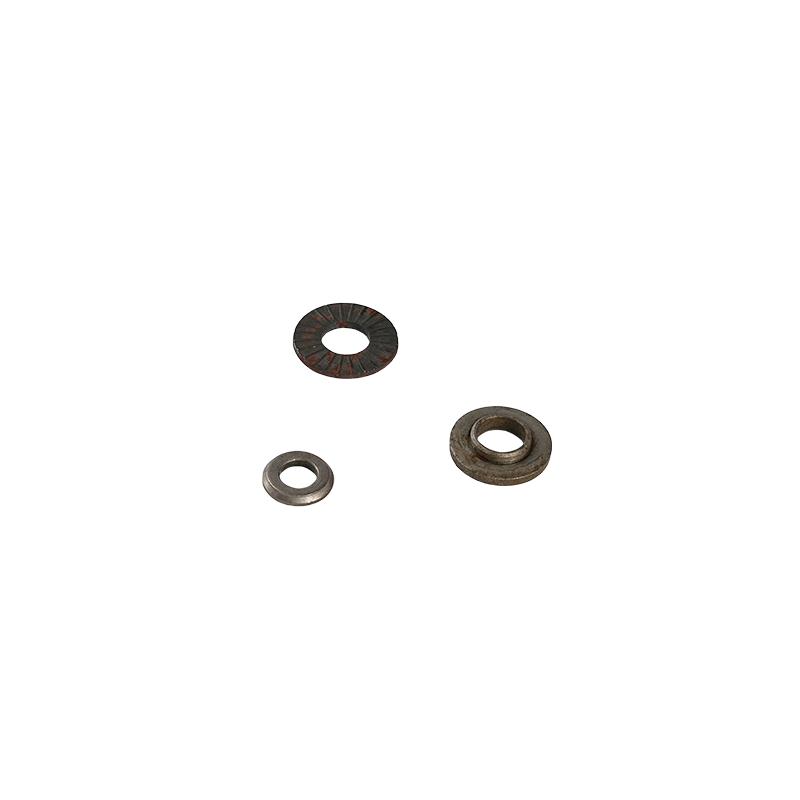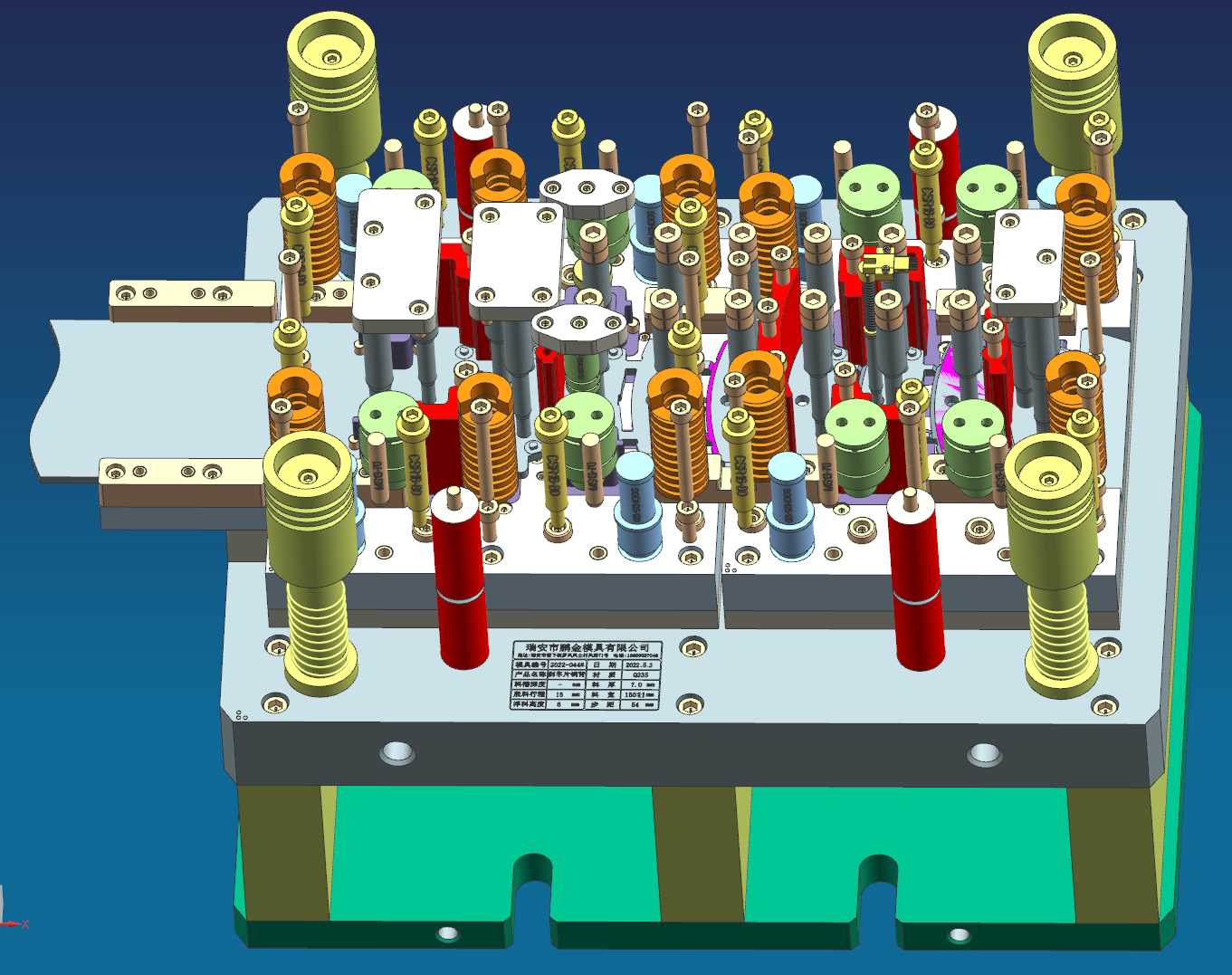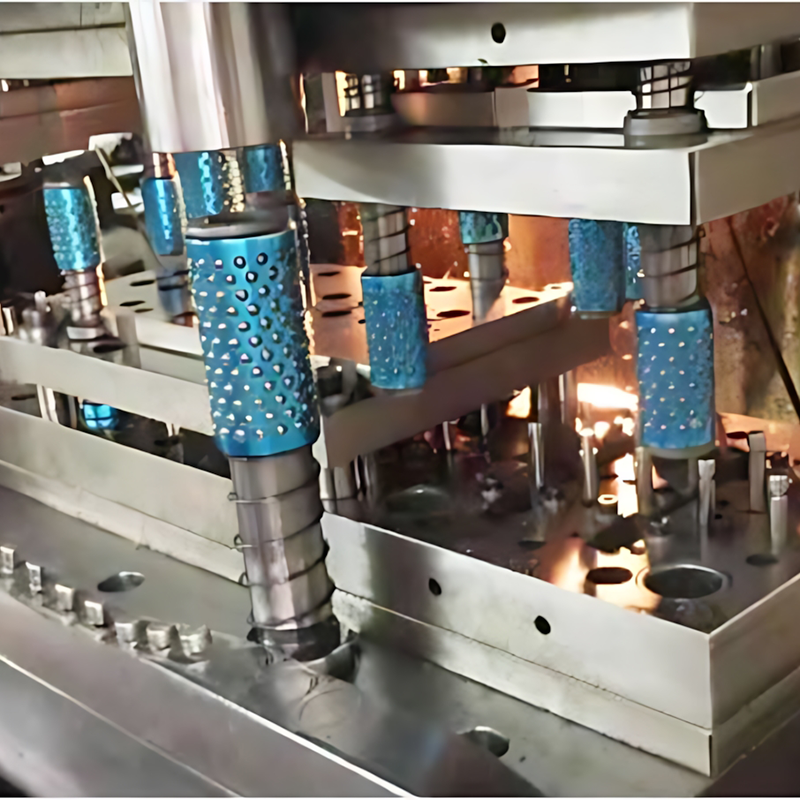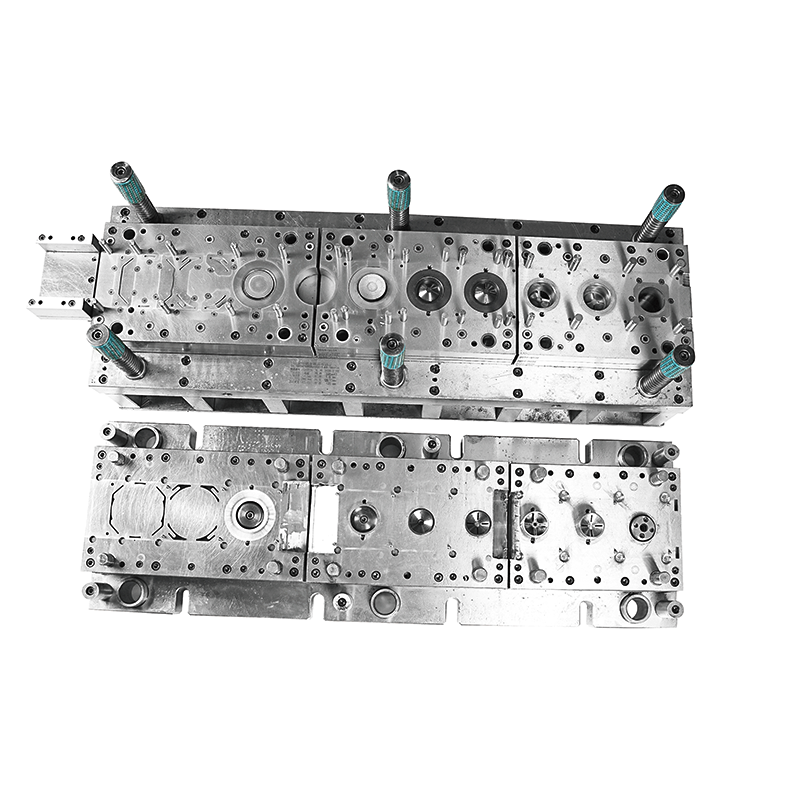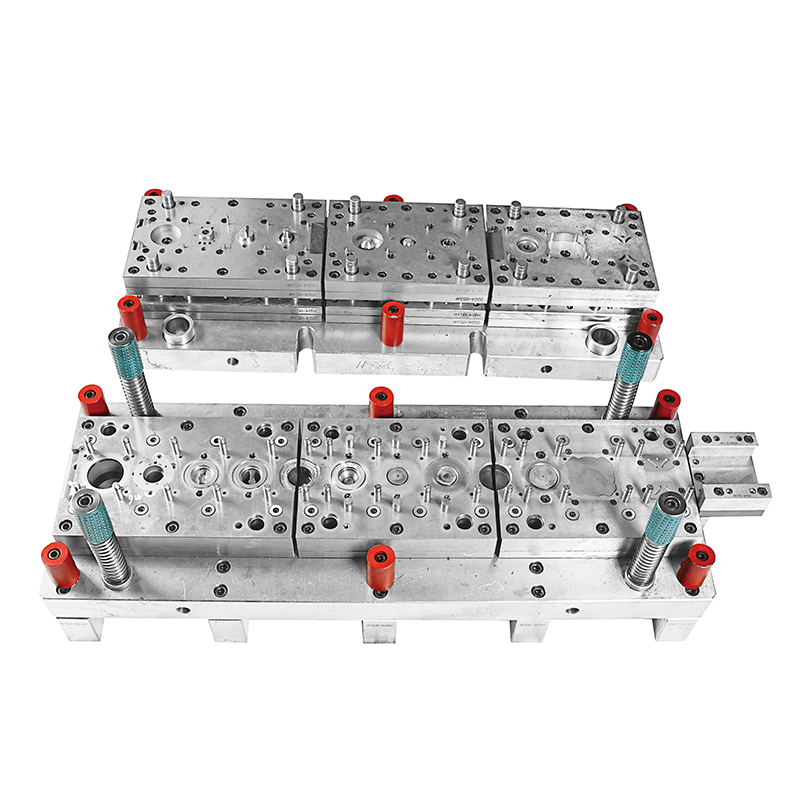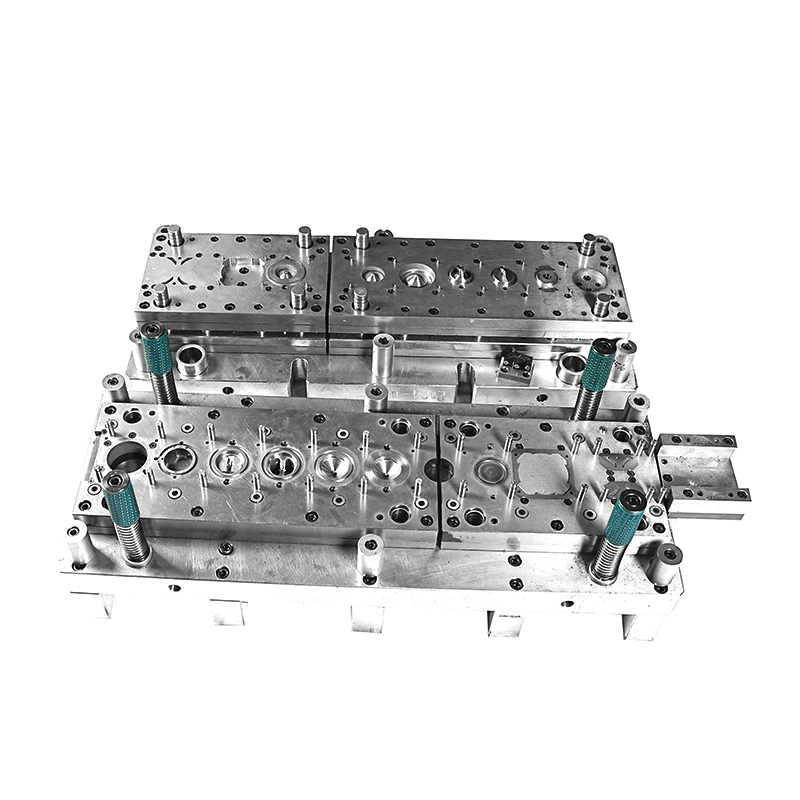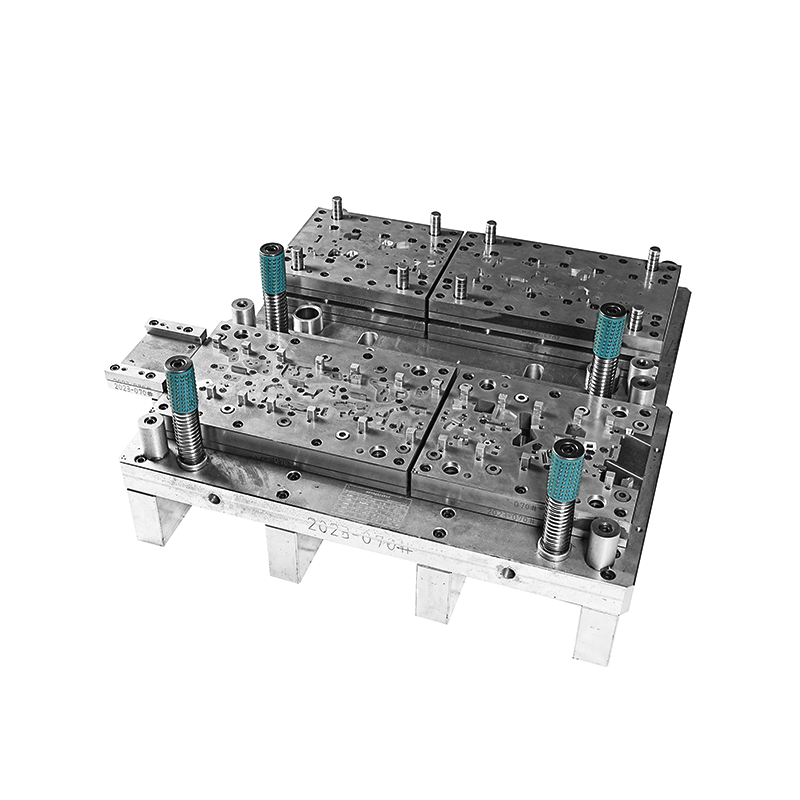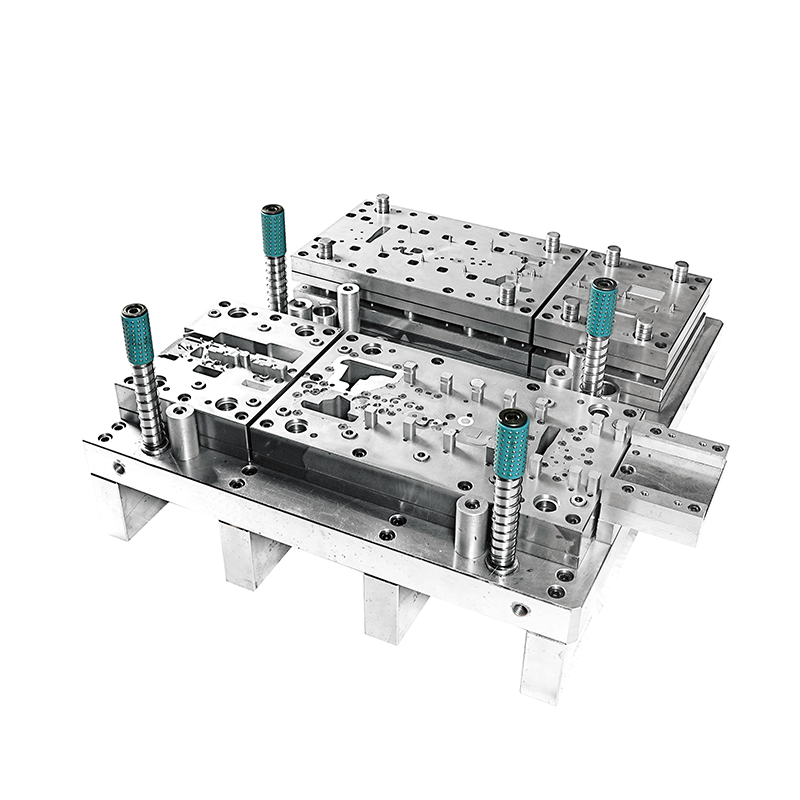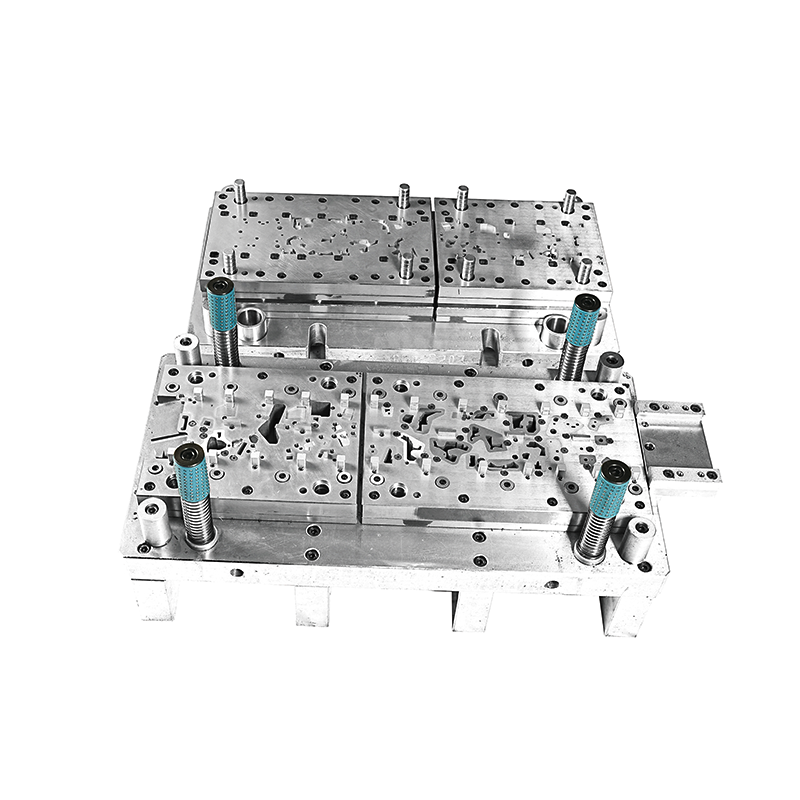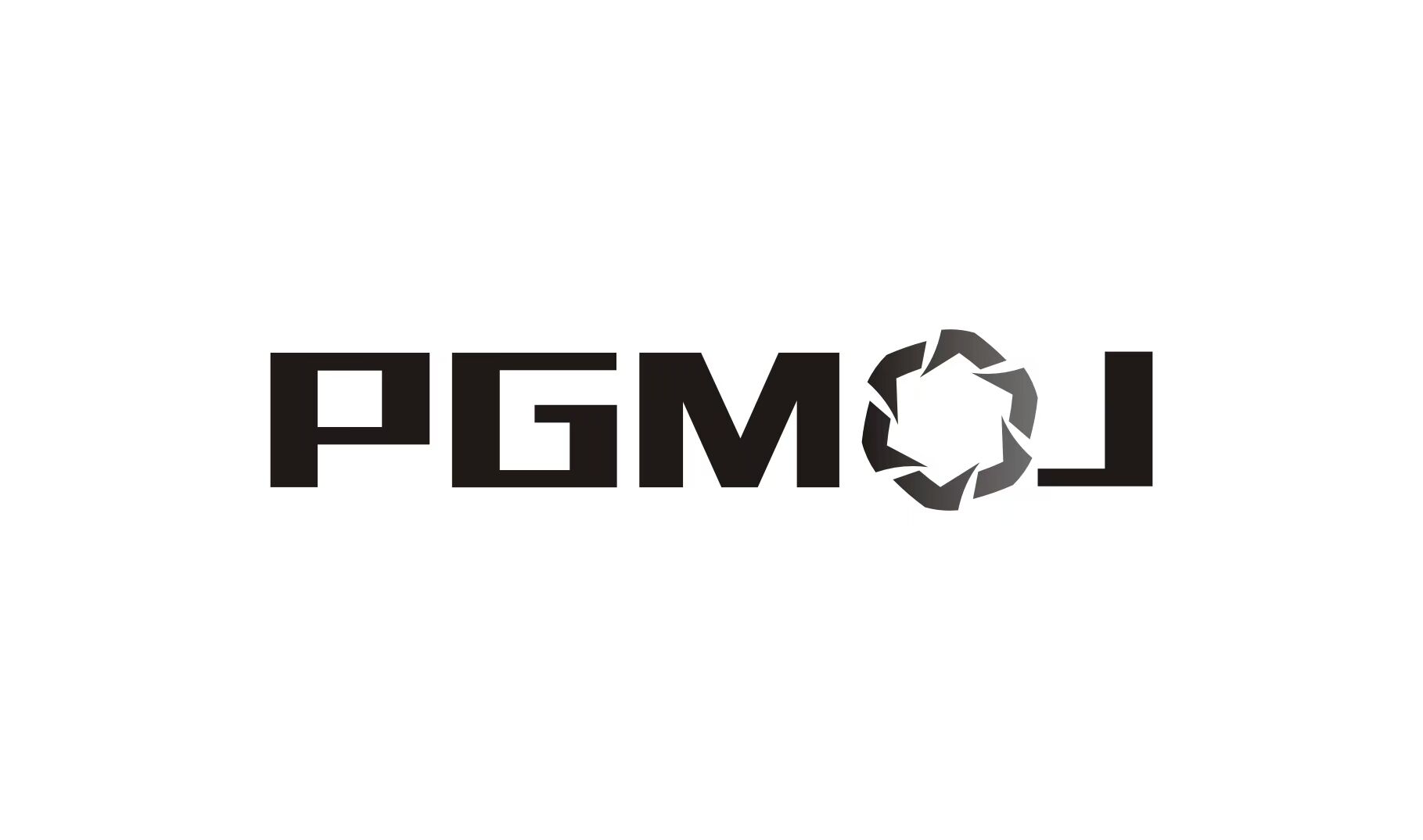Description
Clutch stamping parts refer to a series of metal parts manufactured by stamping process used in clutch systems. The following is a brief description of its characteristics, materials, processes and applications:
Features:
High strength and wear resistance requirements: Clutch stamping parts need to withstand greater pressure, friction and impact during the operation of the clutch, so they must have sufficient strength and good wear resistance to ensure the reliable operation and long service life of the clutch.
Strict precision requirements: In order to ensure the normal clutch function of the clutch and the smooth transmission of power, the dimensional accuracy and form and position tolerance of clutch stamping parts are required to be high. For example, the flatness, thickness tolerance of the clutch plate and the dimensional accuracy of the spline need to be controlled within a small range to ensure good coordination with other components.
Good stamping formability: In order to be able to manufacture parts with complex shapes through stamping technology, the material needs to have good stamping formability so that the shape transformation can be smoothly achieved during the stamping process, while avoiding defects such as cracks and tears.
Material: High-quality carbon steel: such as 45 steel, which has high strength and hardness. After proper heat treatment, it can meet the strength and wear resistance requirements of clutch stamping parts. At the same time, its processing performance is good and it is suitable for stamping. Alloy structural steel: For some clutch stamping parts that bear large loads, alloy structural steel, such as 20CrMnTi, is often used. This type of steel improves the strength, toughness and wear resistance of the material by adding alloy elements, and has good heat treatment performance. It can further improve the surface hardness and wear resistance through heat treatment processes such as carburizing and quenching, while maintaining the toughness of the core. Spring steel: Spring steel, such as 65Mn, 50CrVA, etc., is usually used in parts such as the clutch compression spring. Spring steel has high elastic limit, fatigue limit and good toughness, and can maintain stable elastic properties during long-term work, ensuring that the clutch clamping force is stable and reliable.
Manufacturing process: Stamping: Design corresponding stamping dies according to the different shapes and structures of clutch stamping parts. The cut metal sheet is placed in the stamping die, and the sheet is gradually formed in the die through the pressure of the stamping machine. The stamping process may include blanking, punching, bending, drawing, shaping and other processes to produce clutch stamping parts that meet the requirements. For example, the clutch plate usually needs to be punched out of a circular blank through the blanking process, and then the spline holes and other mounting holes are processed through the punching process, and then the flatness and dimensional accuracy are ensured through the shaping process.
Heat treatment: In order to improve the strength, hardness and wear resistance of the clutch stamping parts, the stamped parts usually need to be heat treated. Common heat treatment processes include quenching, tempering, carburizing, nitriding, etc. For example, after the carburizing and quenching treatment of the spline hub of the driven plate of the clutch, the surface hardness can reach HRC58-62, and the core hardness is HRC30-45, thereby improving the wear resistance and fatigue resistance of the spline hub.
Surface treatment: In order to prevent the clutch stamping parts from rusting and corroding during use, and to improve their surface quality and wear resistance, surface treatment is required. Common surface treatment methods include electroplating, phosphating, blackening, etc. Electroplating can coat a layer of metal on the surface of parts, such as zinc, nickel, etc., to improve its corrosion resistance; phosphating...
Applications
Widely used in automobiles, motorcycles, industrial machinery, and agricultural machinery
FAQ
Q: Are you a factory or trading company?
A: We are a factory which has been producing metal stamping parts for more than 15 years.
Q: What are your main products?
A: we are a mould company mainly engaged in the development, design, manufacturing and sales of moulds, such as automotive parts, motorcycle parts, hardware parts, electrical parts and other mould production and product stamping ect.
Q: What is surface treatment do you have?
A: Dacromet, powder coating, zinc plating, nickel plating, tin plating, copper plating, silver plating, gold plating, anodizing, salt spray test, etc. As we focus on stamping tools and metal stamping parts, the surface treatment is done through suppliers.
Q: Can I get samples?
A: Yes, sample order can be used for quality inspection and market testing, and freight will be collected. If it is a simple sample, we will not charge; if it is an OEM/ODM sample, we will charge sample fees.
Q: What is the minimum order quantity?
A: When there is stock, the minimum order quantity is 1000 pieces.
Q: When is the delivery time?
A: The stamping die manufacturing cycle is 20-50 days, and standard stamping parts can be delivered 3 to 10 days after payment. If it is OEM or making molds, we will confirm the delivery time with you.
Q: What are your payment terms?
A: We recommend a 50% T/T deposit and the balance paid before shipment.sample cost.
Q: Do you accept OEM/ODM?
A: Yes. We have more than 15 years of OEM/ODM experience.

